How I became a designer
My design career journey, key learnings and a bit more about me.
If you’ve ever wondered how I got into design and built my career as a designer, I decided to write it down and share my story. Don’t worry, I promise I won’t write about myself in the third person.
Here’s what I’ll cover:


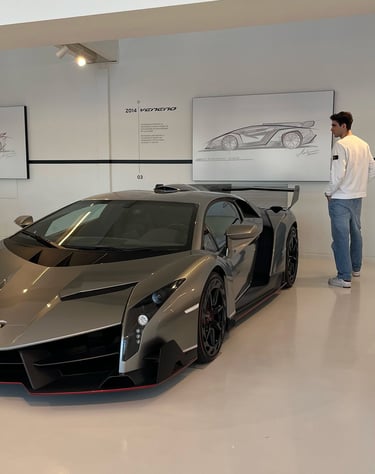

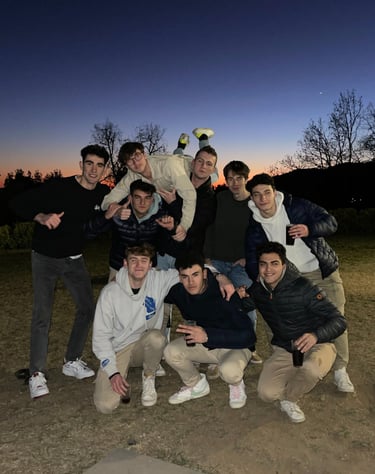

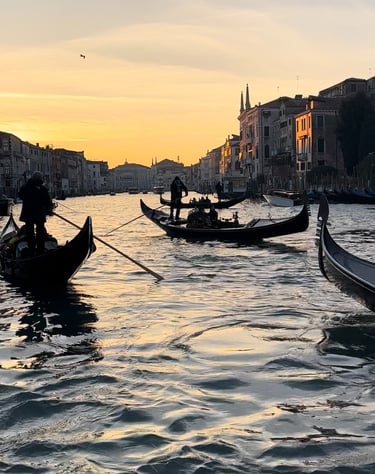


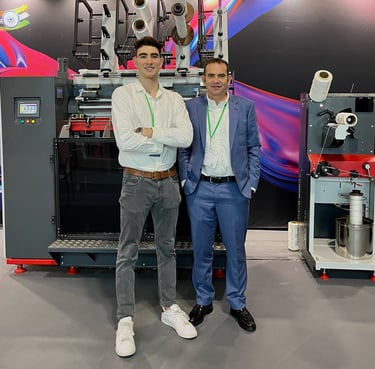
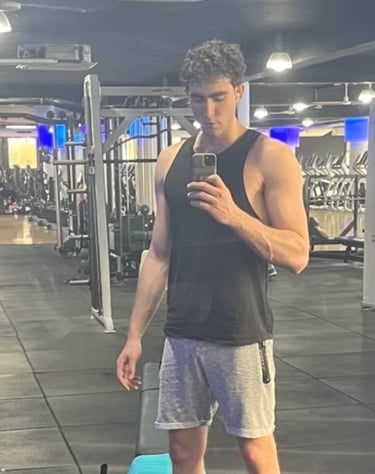

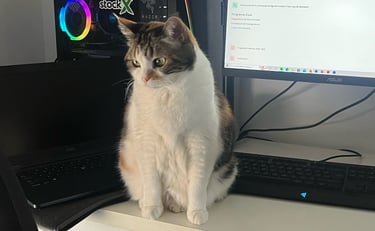

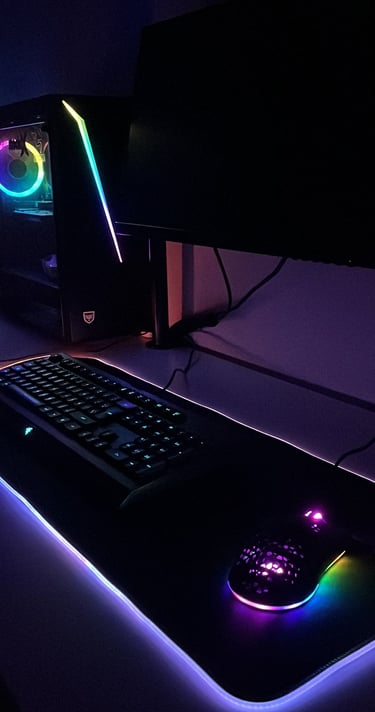

Me in a nutshell
I’m a Switzerland-based graphic designer focused on branding, visual communication, motion graphics and photography. I enjoy the challenge of solving complex problems and planning brands from the ground up, from research and discovery all the way through to the visual designs and implementation.
I’ve been lucky enough to gain real versatility by working across many different areas of design, which keeps feeding my ambition to grow and keep learning. My insatiable curiosity for creativity drives me to explore new skills and challenges every day, with the dream of one day building my own venture, whether in the design world, the automotive field or somewhere these passions come together.
I think it’s important to get regular screen downtime, so when I’m not pushing pixels, you’ll find me working on the gym, scrolling on social media or consuming cars content, following FC Barcelona journey, or hanging out with friends and family.


Quick facts
Home town
Barcelona, Catalona, Spain
When I started as a designer
I began my design journey in 2020, right after finishing a technical high school program where I had originally planned to study architecture. Since childhood, I had always been a highly creative kid with an insatiable drive to create, and along the way I realized my true passion lay in art, design, and the process of turning ideas into reality, so I chose to pursue a degree in graphic design instead.
Education
Bachelor’s degree in Graphic Design (ESDAPC Pau Gargallo) plus countless lots of online tutorials, and many years of practice and experimenting.
Specialties
Branding & visual communication, motion graphics and photography, a mix that pairs perfectly with my love for precision and my obsession with clean, cohesive design.
Hobbies
Gym, enjoying sushi, traveling, driving through canyons and scenic landscapes, scrolling trends or editing techniches and exploring automotive news & designs.
Favourite pastime
Weekend drives with friends and long family dinners.
If I wasn’t a designer
I’d be a builder or an architect or work in some automotive field, or maybe both?
Favourite quote
"Inspiration exists, but it has to find you working." -Pablo Picasso.
Recommendations
Interestelar, Suits, Atomic Habits, The Power of Now, DotCom Secrets





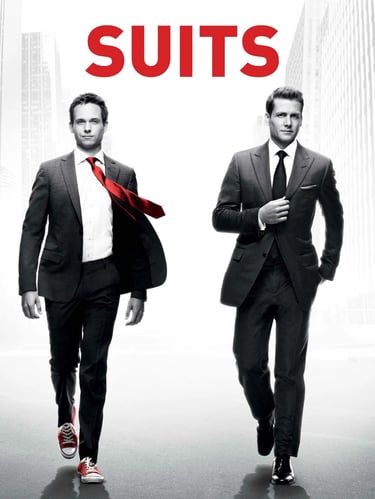
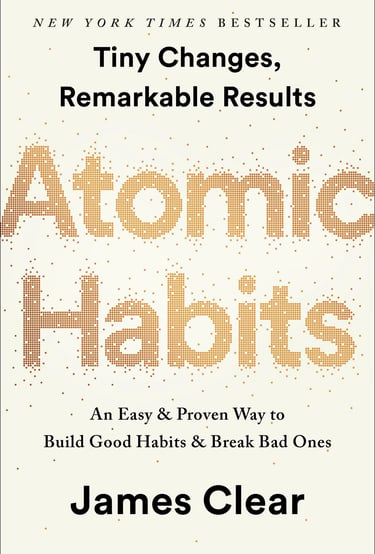

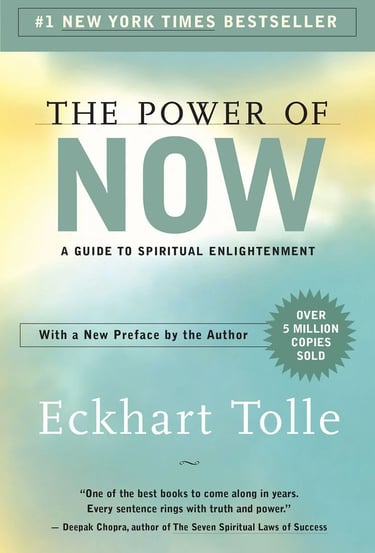

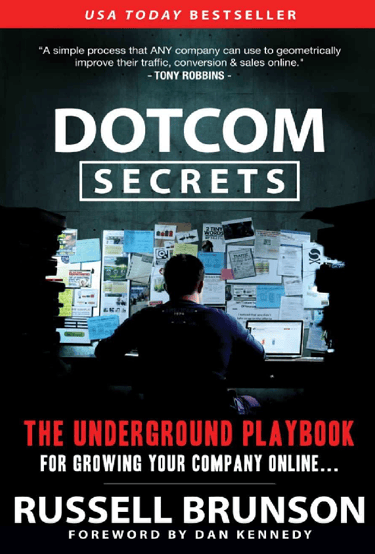

How I got into design
Since I was a kid, I’ve always loved art, craft, drawing and making things. While I found creative ventures fun, I only ever pictured myself doing a regular ‘stable’ office job at a big company, because that’s what adults do, right? For a long time I thought this passion would eventually lead me to study architecture, so I chose a technical high school track to prepare for it. At the end of high school I realized what really excited me wasn’t just buildings, it was art, visual storytelling and the challenge of bringing ideas to life. So I decided to follow that instinct and pursue a degree in graphic design.
While I was starting university, I had the bittersweet experience of seeing my father lose the job he had held his entire life. Instead of giving up, he decided to found his own company, and that moment turned into an unexpected opportunity for me. As I was developing my skills in design, I was able to take the lead in shaping the company’s visual identity and brand, creating the graphic materials, product presentations and all the elements a new business needs to communicate effectively. At the same time, I gained first-hand insight into the textile machinery industry and learned how design can directly support a company’s growth from day one.
During my final year of studies, I had the opportunity to join CIRSA, a large international company in the gaming and entertainment industry. There I worked on a wide range of communication projects, from internal campaigns and editorial design, including the Corporate Book and ESG report, to the creation of visual identities for a major corporate event.
This experience not only sharpened my ability to align design with strategic objectives and turn abstract ideas into clear, engaging communication, but also allowed me to learn how the different skills within a communication department come together.
By actively participating in team meetings and being proactive, I developed a more organized and collaborative approach to projects, which has become a solid foundation for my future work as a designer.


Key things I’ve learned
Here are a few key takeaways I’ve learned over my years as a designer. They’ve come in handy for me, hopefully they’ll come in handy for you too.
Less is more
Design can be a subjective and creative art form, but it’s also logical and scientific. While I like to craft beautiful designs, I also believe that every detail of your product should have a specific purpose and should earn its place. Less is definitely more when it comes to design. Start with a blank canvas and add only what’s needed.
Let’s take website typography as an example: Start with simple black text on a white background as a base. Headings are made larger or bolder to create hierarchy. Links are colored blue and underlined to show that they’re clickable. Adding layers of detail purposefully in this way will ensure that you end up with a user-friendly and beautiful product. It will also mean that you’re able to articulate the reasons behind your design decisions, which is what good design is all about.
Keep learning and challenging yourself
In any profession, it’s easy to stagnate and get comfortable. It’s important for me to absorb as much as I can to stay passionate about my craft and to continue to challenge myself and those around me. I try to set aside some time each morning to read and learn something new.
Don’t use a cannon to kill a mosquito
I believe research and testing are valuable when creating any project, but I also think creatives should trust their instincts and follow their own vision. Lately it feels as if many rely too heavily on endless studies and formal methods to tackle even the simplest challenges. Do we really need layers of market comparisons, long questionnaires and endless review sessions just to decide on something as small as a single color change of a button?
We’re trying to kill mosquitos with cannons and spending a lot of time doing so. If we use tried and tested design patterns, we can cut down our process to become more lean, efficient, cost-effective problem solvers.
Done is better than perfect
If you’re like me, you’re probably a stickler for detail. This can however eat up valuable time and money, so I’ve learned that it’s usually better to get a product out there as soon as you can, learn from it and improve it over time. This isn’t an excuse to create crap, but more of a reminder that perfectionism can actually get in the way of designing a great product.


If you’ve made it this far, I hope you’ve enjoyed getting a glimpse of my path and what drives me as a designer. If you’d like to connect, share ideas, or simply chat about creativity and design, feel free to reach out. I’d be happy to hear from you :)
